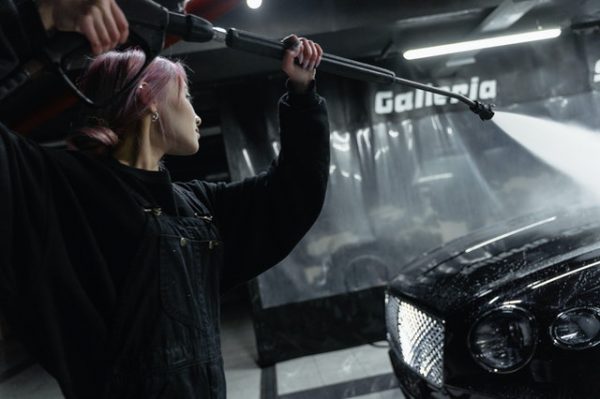The once highly touted V12s and V16s of the Thirties have been a factor of the past. Everyone had lost, and most had paid the highest price…their very existence. Among all automakers producing V12- and V16-powered production vehicles in the Thirties, only Lincoln, Cadillac and Rolls-Royce remained in enterprise by the tip of the Nineteen Fifties. This 1976 Honda CB750F Super Sport is completed in metallic red and powered by a 736cc SOHC inline-four paired with a five-speed transmission. This CB750F is now provided at no reserve in Wisconsin with the eliminated gauges and a clean Illinois title.
Car Firms That No Longer Exist
The cars jerked, bucked, stalled, made rude noises and generally misbehaved until wild-eyed house owners took the automobiles to have the system disconnected. For some it was the final time they ever saw the inside of a Cadillac dealership. Federal emissions requirements of the Seventies took a giant neutering knife to American muscle automobiles, and no automotive bled more than the Corvette.
Going Electric
Examples embrace the Lexus LX, Infiniti QX80, and Lincoln Navigator. Acura’s halo automotive from 1990 to 2005, the NSX is younger but mighty. “While it is not as attractive as its European rivals, the Acura NSX showed the the rest of the world that supercar specs and daily-driver manners might co-exist,” Hagerty says. Fortunately, Acura made 9,000 first-generation NSX automobiles so finding one online is straightforward.




